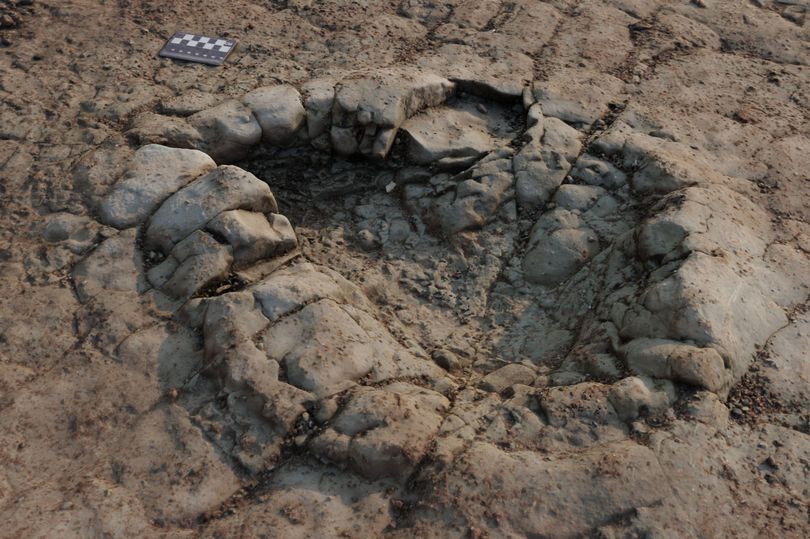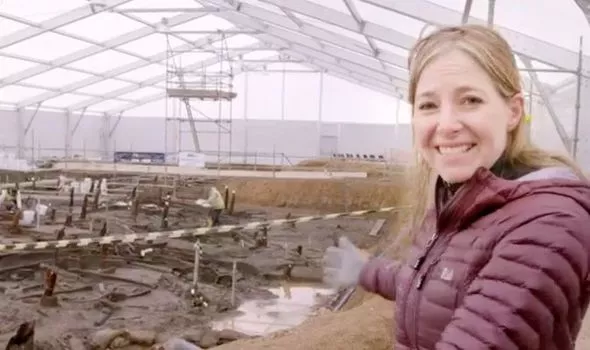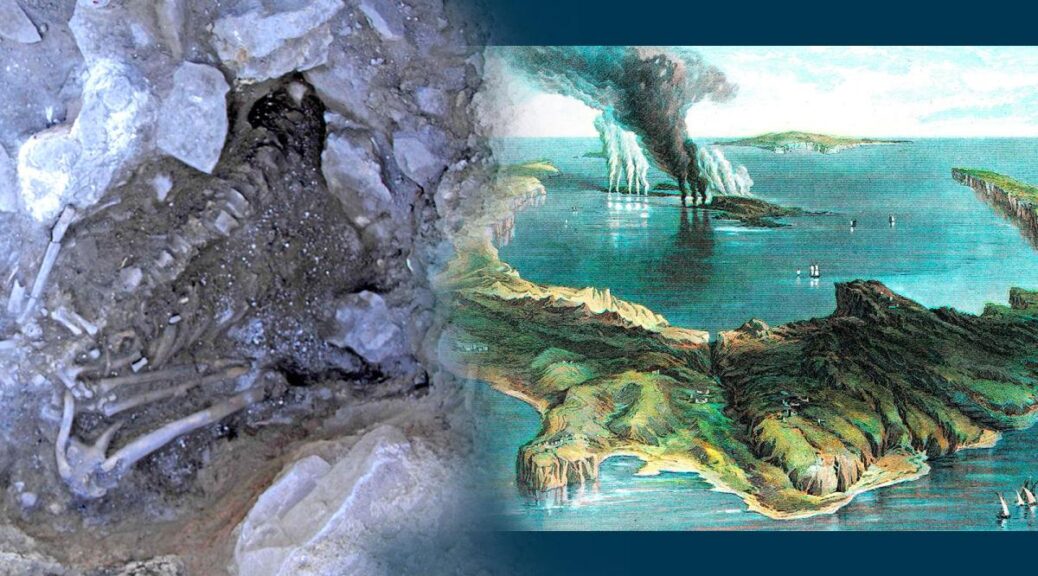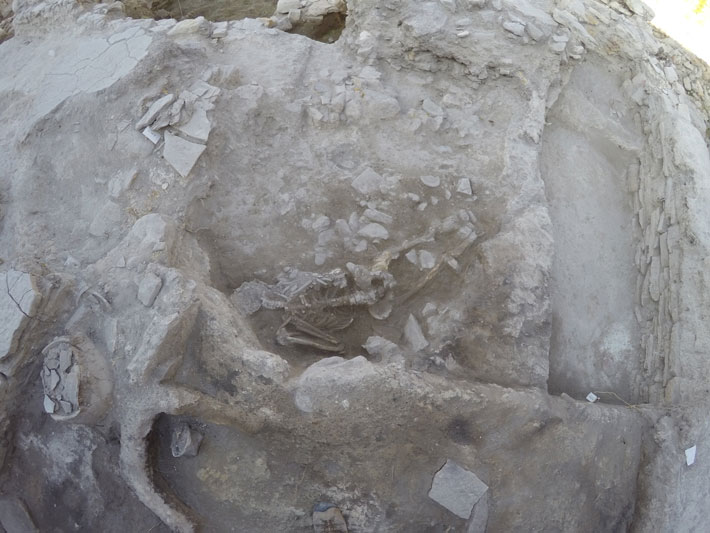Priceless Art Found In Paris Apartment Vacant Since 1939
Caked in dust and full of turn-of-the-century treasures, this Paris apartment is like going back in time. Having lain untouched for seven decades the abandoned home was discovered three years ago after its owner died aged 91.
The woman who owned the flat, a Mrs De Florian, had fled for the south of France before the outbreak of the Second World War. She never returned and in the 70 years since it looks like no one had set foot inside.
The property was found near a church in the French capital’s 9th arrondissement, between Pigalle red-light district and Opera.

Experts were tasked with drawing up an inventory of her possessions which included a painting by the 19th-century Italian artist Giovanni Boldini.
One expert said it was like stumbling into the castle of Sleeping Beauty, where time had stood still since 1900. ‘There was a smell of old dust,’ said Olivier Choppin-Janvry, who made the discovery.
But he said his heart missed a beat when he caught sight of a stunning tableau of a woman in a pink muslin evening dress.
The painting was by Boldini and the subject a beautiful Frenchwoman who turned out to be the artist’s former muse and Mrs de Florian’s grandmother, Marthe de Florian, a beautiful French actress and socialite of the Belle Époque.




Marthe de Florian was an actress with a long list of ardent admirers whose fervent love letters she kept wrapped neatly in ribbon and were still on the premises.
Among the admirers was the 72nd prime minister of France, George Clemenceau, but also Boldini.
The expert had a hunch the painting was by Boldini, but could find no record of the painting.
‘No reference book dedicated to Boldini mentioned the tableau, which was never exhibited,’ said Marc Ottavi, the art specialist he consulted about the work.
When Mr Choppin-Janvry found a visiting card with a scribbled love note from Boldini, he knew he had struck gold. ‘We had the link and I was sure at that moment that it was indeed a very fine Boldini’.
He finally found a reference to the work in a book by the artist’s widow, which said it was painted in 1898 when Miss de Florian was 24.
The starting price for the painting was £253,000 but it rocketed as ten bidders vyed for the historic work. Finally, it went under the hammer for £1.78million, a world record for the artist.
‘It was a magic moment. One could see that the buyer loved the painting; he paid the price of passion,’ said Mr Ottavi.

































